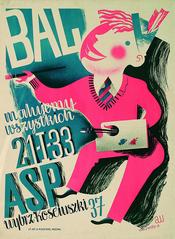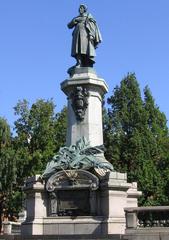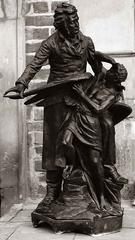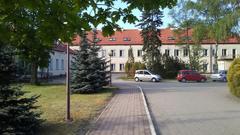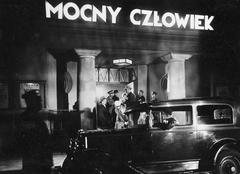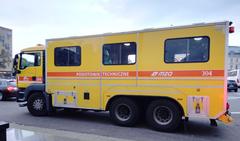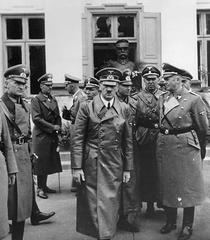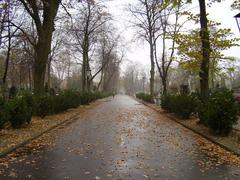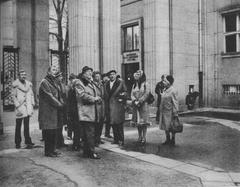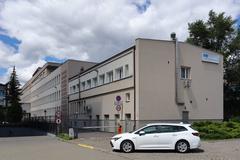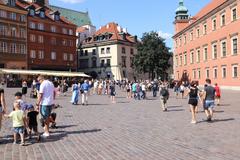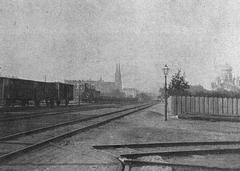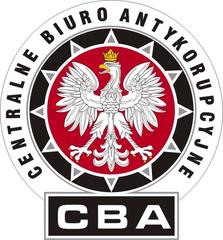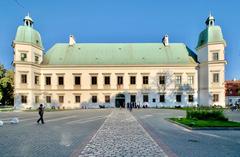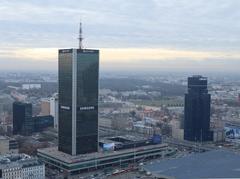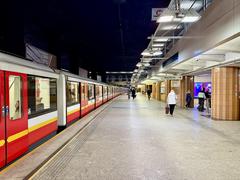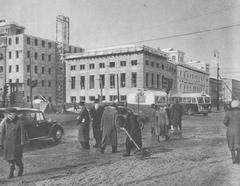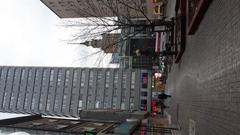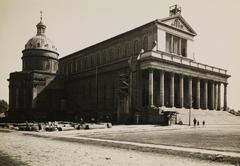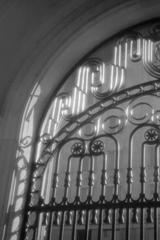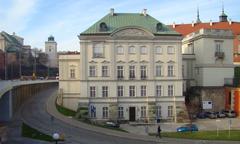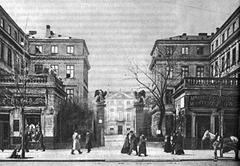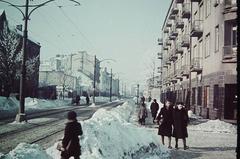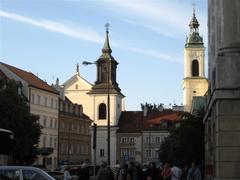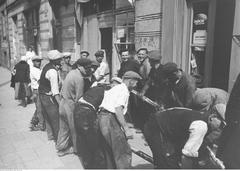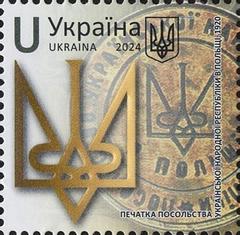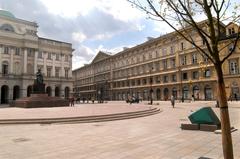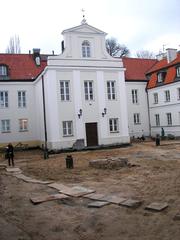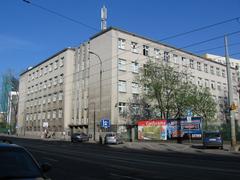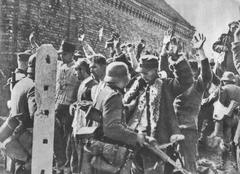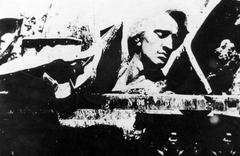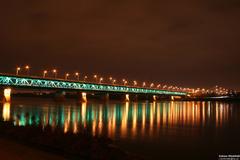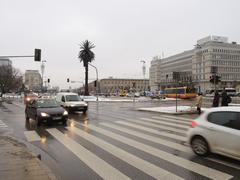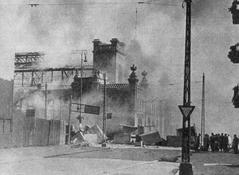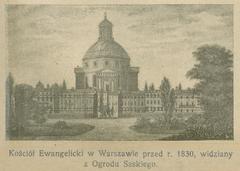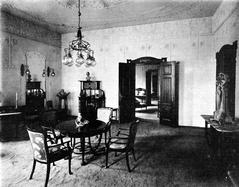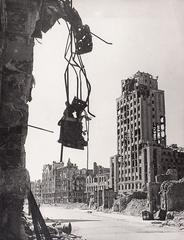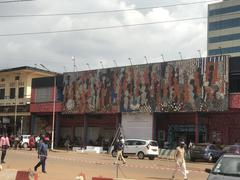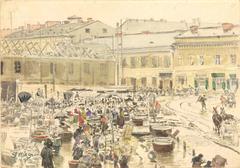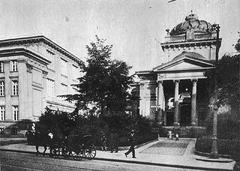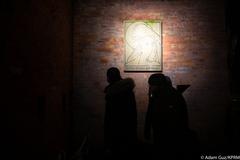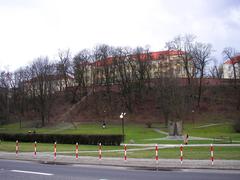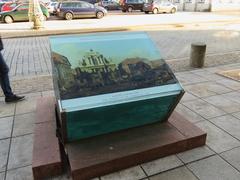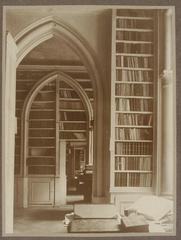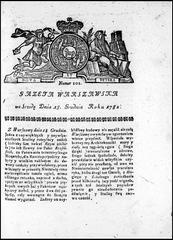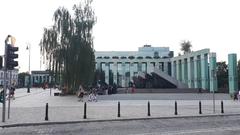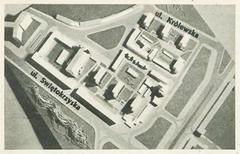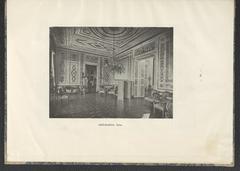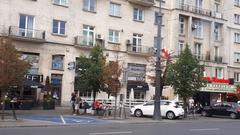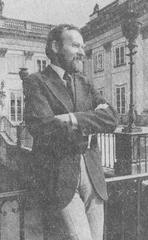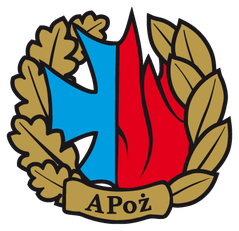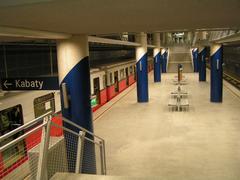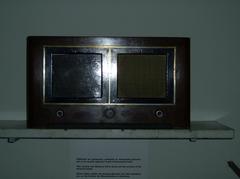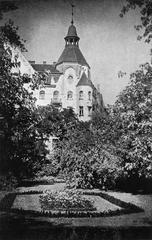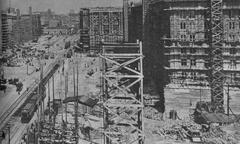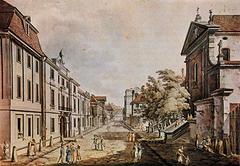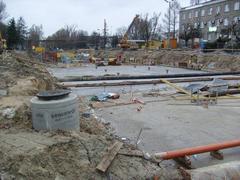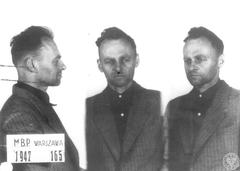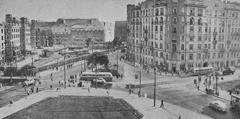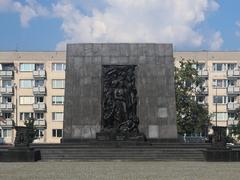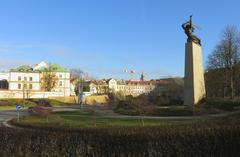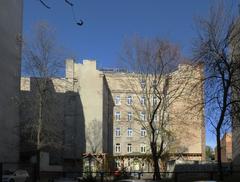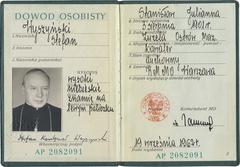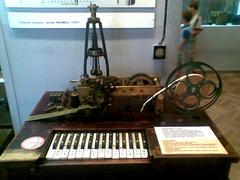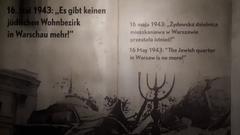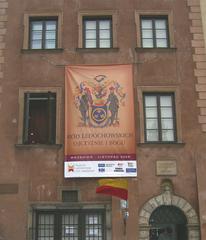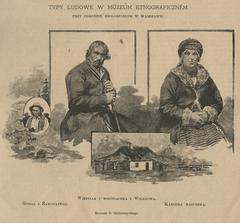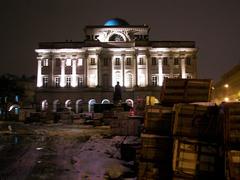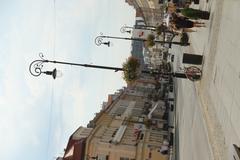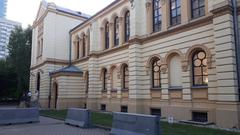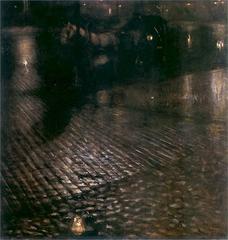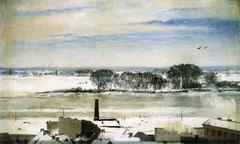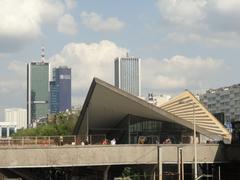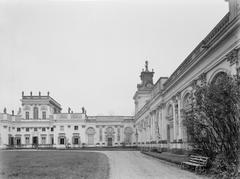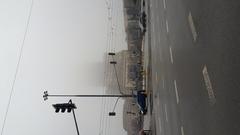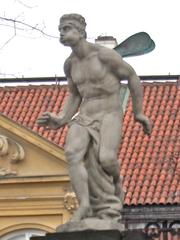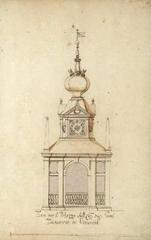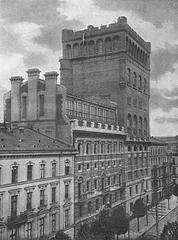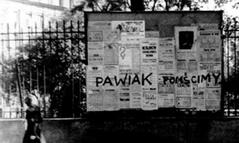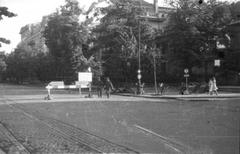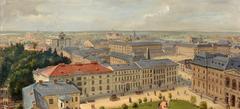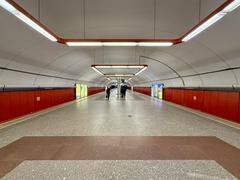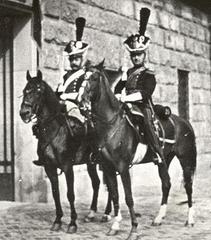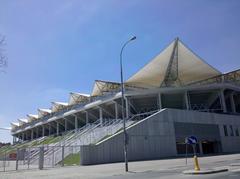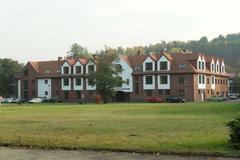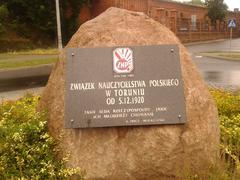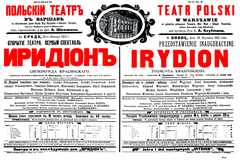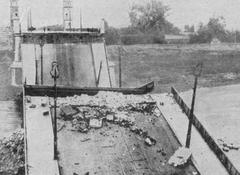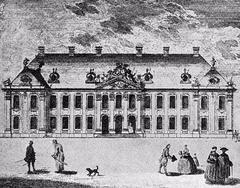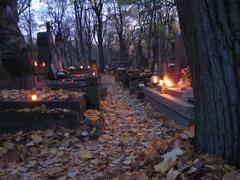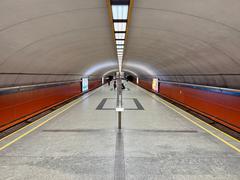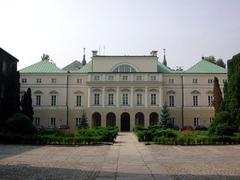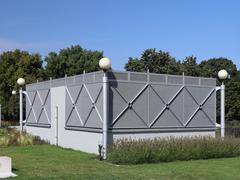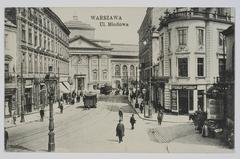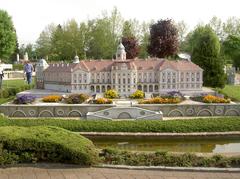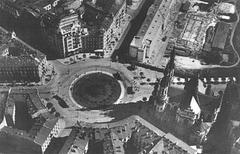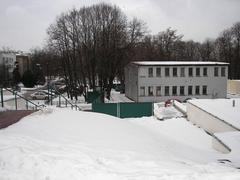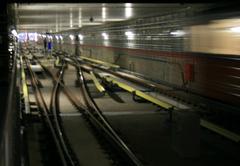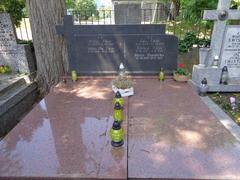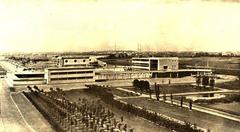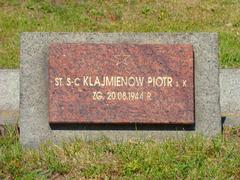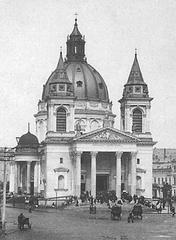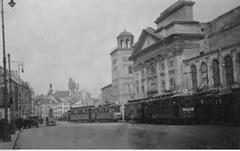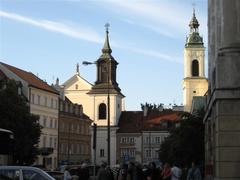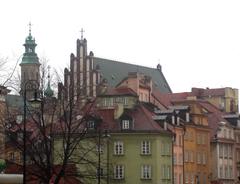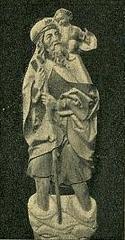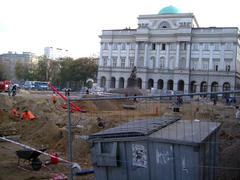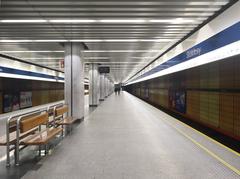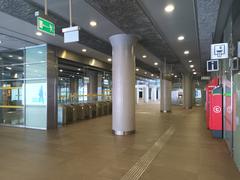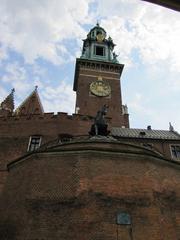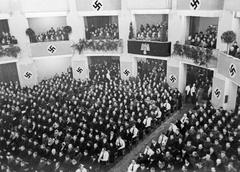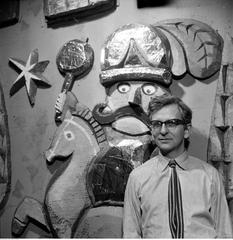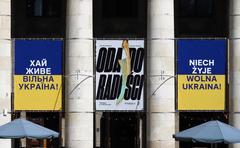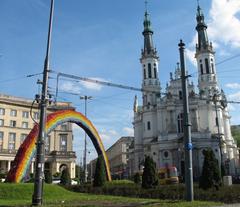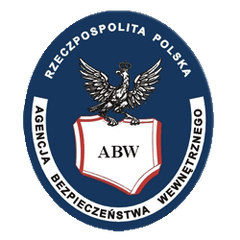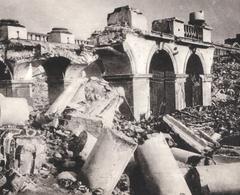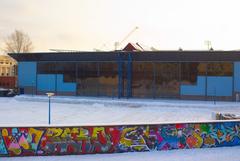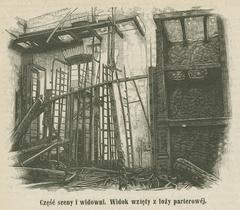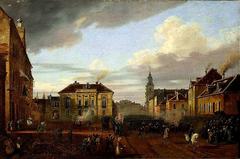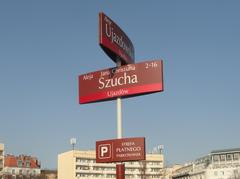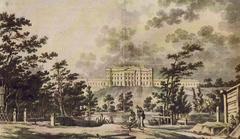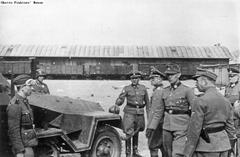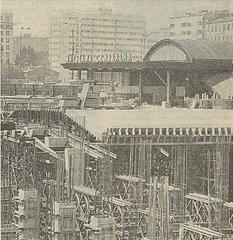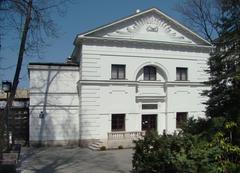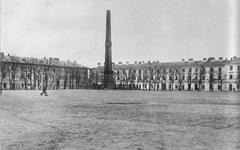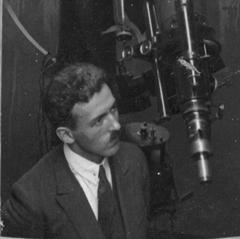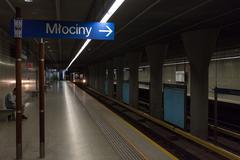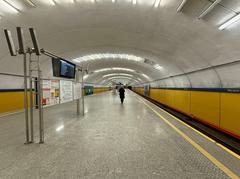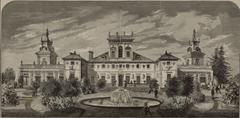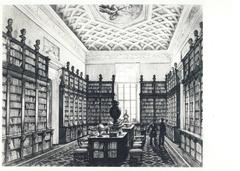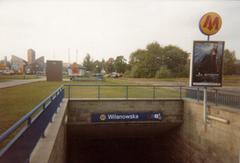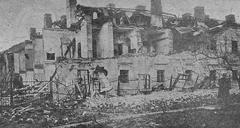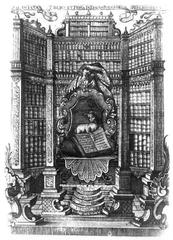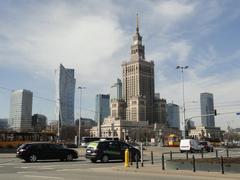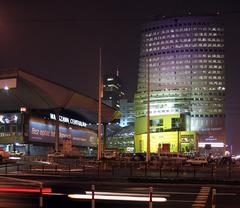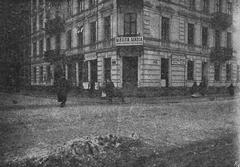
Comprehensive Guide to Visiting the Warsaw Uprising Monument
Date: 18/07/2024
Introduction
The Warsaw Uprising Monument, known locally as Pomnik Powstania Warszawskiego, stands as a profound symbol of resilience and remembrance in the heart of Poland’s capital. Unveiled in 1989, this monument commemorates the valiant efforts and sacrifices of the Polish resistance fighters during the Warsaw Uprising of 1944. This pivotal event in World War II saw the Armia Krajowa (Home Army) launch a courageous but ultimately tragic revolt against the occupying Nazi forces (Polish Resistance). The monument’s design, rich in symbolism and historical significance, not only honors the memory of those who fought and perished but also serves as a poignant reminder of the city’s enduring spirit and the devastating impacts of war. Visitors to the monument can expect to delve deep into a narrative etched in bronze and granite, exploring the intricate details of its design, the historical context it represents, and the legacy it continues to uphold. This guide aims to provide comprehensive insights into the monument’s history, visiting information, and the broader context of Warsaw’s historical landscape, ensuring a meaningful and enriching visit for all.
Table of Contents
- [Historical Background and Significance of the Monument](#historical-background-and-significance-of-the-monumenthistorical-background-and-significance-of-the-monument)
- [The Warsaw Uprising - A Fight for Freedom](#the-warsaw-uprising---a-fight-for-freedomthe-warsaw-uprising---a-fight-for-freedom)
- [The Aftermath and the Monument’s Conception](#the-aftermath-and-the-monuments-conceptionthe-aftermath-and-the-monuments-conception)
- [Design and Symbolism](#design-and-symbolismdesign-and-symbolism)
- [Visitor Information](#visitor-informationvisitor-information)
- [Visiting Hours and Tickets](#visiting-hours-and-ticketsvisiting-hours-and-tickets)
- [How to Get There](#how-to-get-therehow-to-get-there)
- [Nearby Attractions](#nearby-attractionsnearby-attractions)
- [Accessibility Information](#accessibility-informationaccessibility-information)
- [Significance and Legacy](#significance-and-legacysignificance-and-legacy)
- [Frequently Asked Questions (FAQ)](#frequently-asked-questions-faqfrequently-asked-questions-faq)
- [Conclusion](#conclusionconclusion)
- [References](#referencesreferences)
Historical Background and Significance of the Monument
The Pomnik Powstania Warszawskiego, or the Warsaw Uprising Monument, stands as a powerful symbol of Polish resistance and a poignant reminder of the devastating consequences of war. Unveiled in 1989, the monument commemorates the Warsaw Uprising of 1944, a heroic but ultimately tragic chapter in Poland’s struggle for freedom during World War II.
The Warsaw Uprising - A Fight for Freedom
In the summer of 1944, as the Soviet army approached Warsaw, the Polish resistance, known as the Armia Krajowa (Home Army), launched an uprising against the occupying Nazi German forces. The goal was to liberate the city and assert Polish sovereignty before the arrival of the Soviets.
The uprising, planned for 63 days, was a desperate gamble. The Home Army, though courageous and determined, was ill-equipped to face the might of the Wehrmacht. Despite the odds, the brave men and women of the resistance fought with incredible valor for 63 days.
The Aftermath and the Monument’s Conception
The uprising was brutally crushed by the Nazis. An estimated 150,000-200,000 Polish civilians and resistance fighters perished, and the city of Warsaw was systematically destroyed in retaliation. The events of the uprising left an indelible scar on the city and the Polish psyche.
The idea for a monument to commemorate the uprising emerged soon after the war. However, the communist government, installed by the Soviets, was reluctant to authorize a project that celebrated an event they saw as detrimental to their narrative. It wasn’t until the late 1980s, with the communist regime weakening, that the project gained traction.
Design and Symbolism
Designed by sculptor Wincenty Kuźma and architect Jacek Budyn, the monument is a powerful and evocative work of art. It consists of two parts:
- The Uprising Side: This section depicts the beginning of the uprising. Figures emerge from beneath the pavement, symbolizing the resistance fighters emerging from the sewers to fight. The figures are dynamic and full of energy, reflecting the initial hope and determination of the uprising.
- The City Side: This section, facing the Old Town, shows the tragic aftermath. The figures, some bearing the wounds of battle, descend back into the ground, symbolizing the defeat and the immense loss of life.
The monument’s design is rich in symbolism. The use of bronze emphasizes the enduring spirit of the uprising. The contrast between the two sides highlights the tragedy and the triumph of the event. The monument is not just a memorial; it’s a story etched in bronze, a testament to the human cost of war and the indomitable spirit of those who fight for freedom.
Visitor Information
Visiting Hours and Tickets
The Warsaw Uprising Monument is accessible to the public 24/7, with no entry fee required. Visitors can freely explore the site and reflect on its historical significance at any time.
How to Get There
The monument is located in the heart of Warsaw, near the Old Town. It is easily accessible by public transport, including buses and trams. The nearest metro station is Ratusz Arsenał, from which the monument is a short walk away.
Nearby Attractions
While visiting the monument, consider exploring other nearby historical sites, such as:
- The Warsaw Uprising Museum: Provides a comprehensive overview of the uprising with exhibits and multimedia presentations (Warsaw Uprising Museum).
- The Royal Castle: A historical palace that served as the official residence of Polish monarchs.
- Old Town Market Square: A picturesque area with shops, cafes, and historical buildings.
Accessibility Information
The monument is accessible to visitors with disabilities. There are paved paths and ramps to ensure that everyone can visit and pay their respects.
Significance and Legacy
The Warsaw Uprising Monument is more than just a tourist attraction; it’s a place of remembrance, reflection, and national pride. It serves as a reminder of the sacrifices made by the Polish people in their fight for freedom and the resilience of the human spirit in the face of unimaginable adversity.
The monument has become a focal point for national ceremonies and commemorations. Every year on August 1st, the anniversary of the uprising, thousands gather at the monument to pay their respects to the fallen heroes. The monument stands as a powerful symbol of Polish identity and a reminder of the importance of freedom and self-determination.
Frequently Asked Questions (FAQ)
Q: What are the visiting hours for the Warsaw Uprising Monument?
A: The monument is accessible 24/7.
Q: How much do tickets to the Warsaw Uprising Monument cost?
A: There is no entry fee to visit the monument.
Q: What are the best times to visit the Warsaw Uprising Monument?
A: The monument is open year-round, but visiting during national holidays or the anniversary of the uprising on August 1st can be particularly meaningful.
Conclusion
The Warsaw Uprising Monument is more than a historical landmark; it is a testament to the unyielding spirit and bravery of the Polish people during one of the most harrowing periods in their history. As visitors stand before its imposing structure, they are invited to reflect on the immense sacrifices made during the 63 days of the uprising and the enduring legacy of those who fought for freedom. The monument, with its dual sides depicting both the hope and the heartbreak of the uprising, offers a profound narrative that resonates deeply with all who visit. Whether you are exploring the intricate details of the bronze figures, contemplating the inscriptions, or delving into the exhibits of the nearby museum, your visit to the Warsaw Uprising Monument will be an unforgettable journey into Poland’s resilient past. This site not only honors the memory of the fallen but also serves as a powerful reminder of the importance of freedom and the enduring human spirit. For more detailed information and to enhance your visit, consider exploring related historical sites in Warsaw and utilizing resources like the official monument website and travel apps such as Audiala (Warsaw Uprising Museum).
References
- Polish Resistance, 2024, POLIN
- Warsaw Uprising Museum, 2024, 1944.pl








